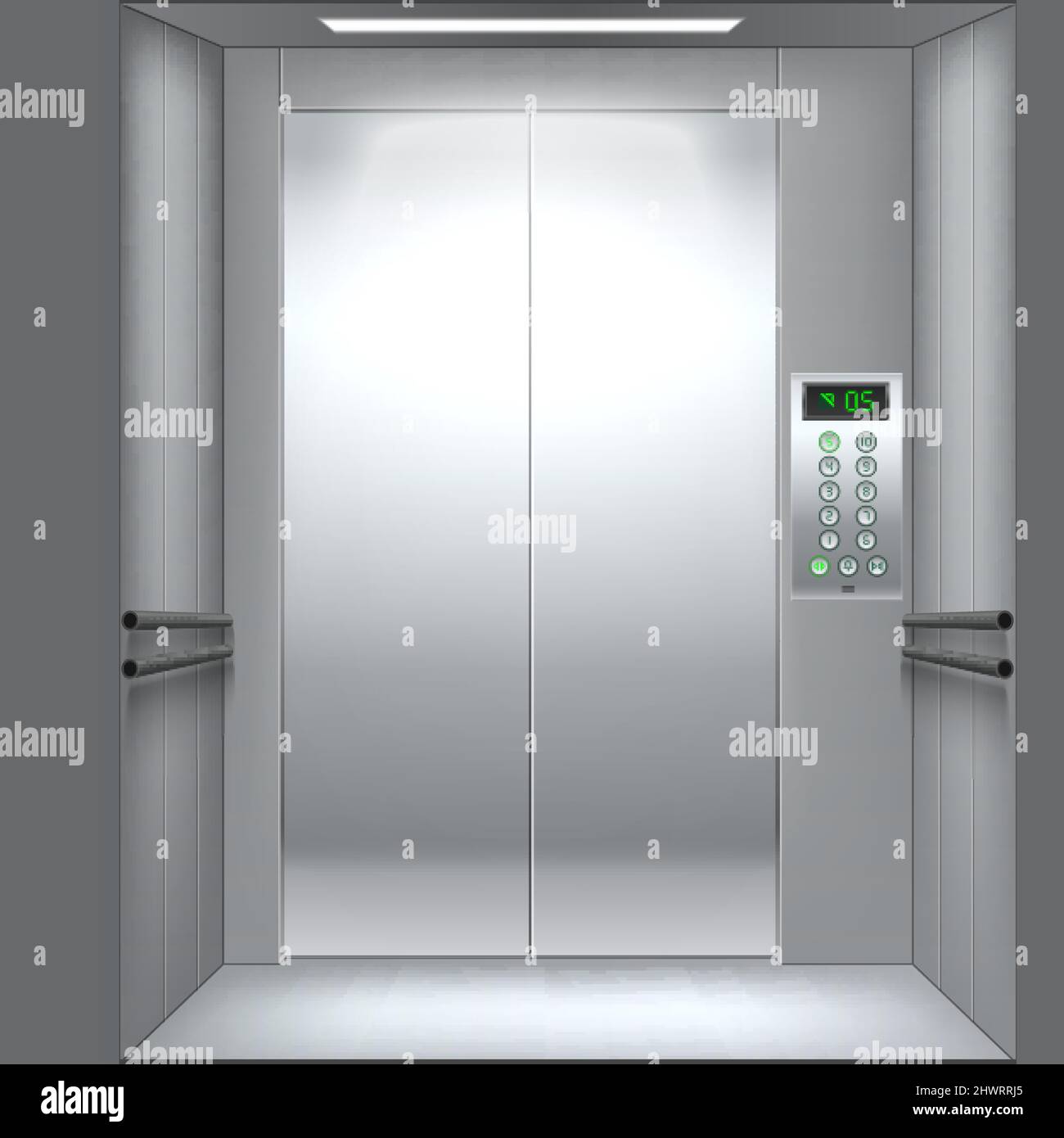We Maintain Lifts to the Highest Possible Requirements: Reliable Solution for All Lift Kind
We Maintain Lifts to the Highest Possible Requirements: Reliable Solution for All Lift Kind
Blog Article
Exploring the Globe of Elevators: Usual Problems Faced by Various Lift Devices
As we navigate with the upright transportation systems of modern buildings, elevators attract attention as a vital element of our daily lives. However, behind their smooth operation exists a globe of elaborate devices that can often come across challenges. From hydraulic lifts to grip systems and machine-room-less designs, each lift type features its collection of usual issues. Understanding these difficulties is critical for guaranteeing the smooth performance of these essential systems. Allow's discover the complexities that underlie the operation of lifts and the prospective problems that can occur, dropping light on the intricate internet of lift mechanisms.
Hydraulic Elevators
Hydraulic elevators, commonly liked for low-rise buildings, make use of fluid pressure to manage the movement of the lift auto (lift repair companies). This device entails a hydraulic pump pushing oil right into a cylinder, creating the lift to move in the wanted instructions. While hydraulic lifts are recognized for their smooth and peaceful operation, they do come with their very own set of typical problems
One widespread trouble with hydraulic lifts is oil leak. Additionally, problems with the control system, such as defective valves or a malfunctioning pump, can create disruptions in the elevator's activity.
Regular maintenance and timely repair work are vital to make certain the smooth performance of hydraulic lifts. By resolving these common problems proactively, building proprietors can decrease downtime and make sure the security and efficiency of their upright transportation system.
Grip Lifts
When taking into consideration upright transport systems in buildings, another usual type in addition to hydraulic elevators is the traction lift. Traction lifts operate utilizing a system of ropes and weights that move the elevator car by grasping onto the hoist ropes. This device enables for smoother and much faster vertical transportation contrasted to hydraulic systems.
Among the typical concerns encountered by traction lifts is rope wear. The constant activity of the ropes within the grip system can cause put on and tear with time, possibly causing the elevator to malfunction or become dangerous for usage. Routine assessments and maintenance of the ropes are vital to make sure the lift's appropriate functioning and security.
One more concern that traction lifts might come across is connected to the control system. Issues with the control system can lead to concerns such as erratic movement, delays in reaction times, and even full closures. Normal testing and upkeep of the control system are vital to avoid such concerns and make sure the lift's integrity.
Machine-Room-Less (MRL) Elevators

Among the crucial components of MRL elevators is the compact gearless grip maker that is installed within the hoistway. This machine effectively drives the elevator vehicle without the demand for bulky tools located in typical traction lifts. Furthermore, MRL lifts typically utilize a counterweight system to balance the vehicle, additional boosting their power effectiveness.
In spite of their benefits, MRL lifts may encounter obstacles connected to upkeep and repair work as a result of the constrained area for devices installation. Access for servicing components within the shaft can be limited, requiring specialized training for professionals. Correct maintenance timetables and routine inspections are critical to make sure the continued smooth operation of we maintain lifts MRL elevators.
Overloading and Weight Limit Issues
Overloading and weight restriction problems are crucial worries in elevator procedures. Elevator producers style raises with specific weight capacities to make certain traveler safety and tools longevity.
When lifts are strained, it places too much pressure on the motor, wires, and other elements, potentially triggering malfunctions or malfunctions. Security systems such as sensors and overload sensing units remain in place to stop elevators from relocating if they detect excess weight. Furthermore, surpassing weight limitations can lead to raised energy consumption and damage on the lift system.
To minimize overloading problems, developing supervisors need to plainly display weight restrictions in lifts and inform passengers on the relevance of sticking to these restrictions - lift repair companies. Normal maintenance checks by certified service technicians can also aid guarantee that lifts are running within risk-free weight parameters. By attending to overloading and weight restriction problems proactively, structure owners can enhance lift security and effectiveness
Electric System Failings
Exceeding weight limits in elevators can not only lead to mechanical concerns however likewise potentially contribute to electric system failures within the lift facilities. Electric system failings are a crucial issue in lift procedure, as they can trigger unforeseen closures, malfunctions, or even safety hazards.
Normal upkeep and inspections are critical to identify and address potential electrical problems quickly, making sure the risk-free and effective procedure of elevator systems. By sticking to weight restrictions and performing regular electric system checks, building owners can alleviate the risk of electrical failings in elevators.
Verdict

Hydraulic lifts, usually liked for low-rise buildings, make use of fluid stress to control the activity of the elevator car.When taking into consideration disabled platform lifts prices uk vertical transport systems in buildings, an additional typical kind apart from hydraulic elevators is the grip elevator. Traction lifts operate using a system of ropes and weights that relocate the lift vehicle by clutching onto the hoist ropes. Unlike conventional lifts that need a different device area to house the devices, MRL lifts integrate many of the elements within the shaft, removing the requirement for a dedicated maker room.In final thought, lifts face usual issues such london lift company as hydraulic malfunctions, grip system failures, and electric system issues.
Report this page